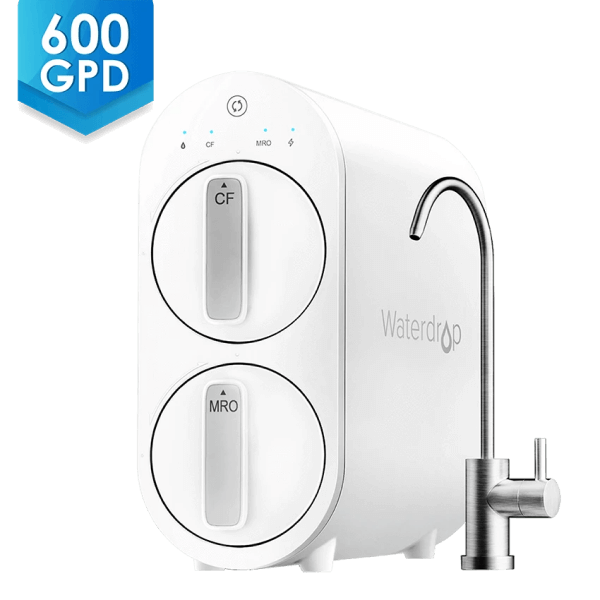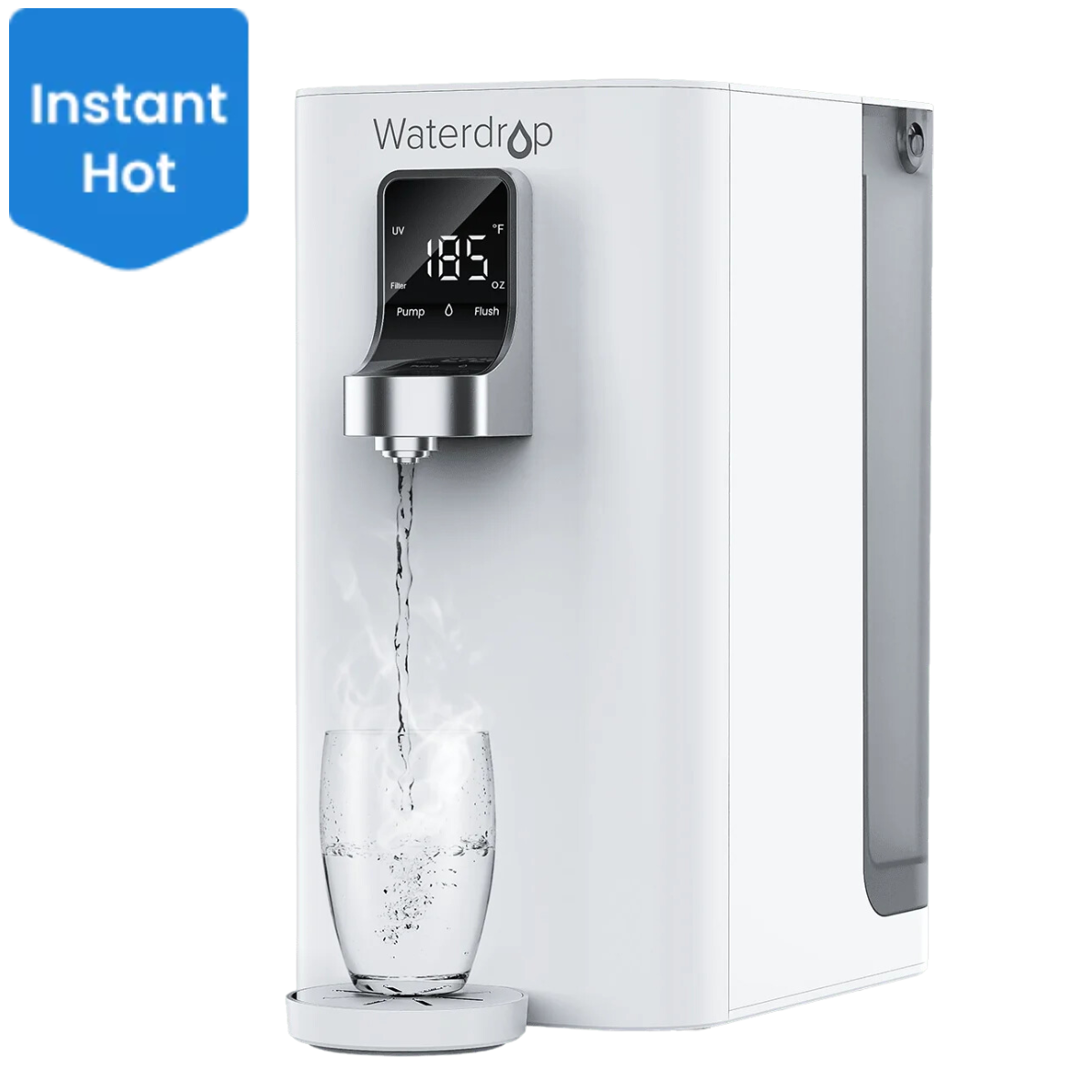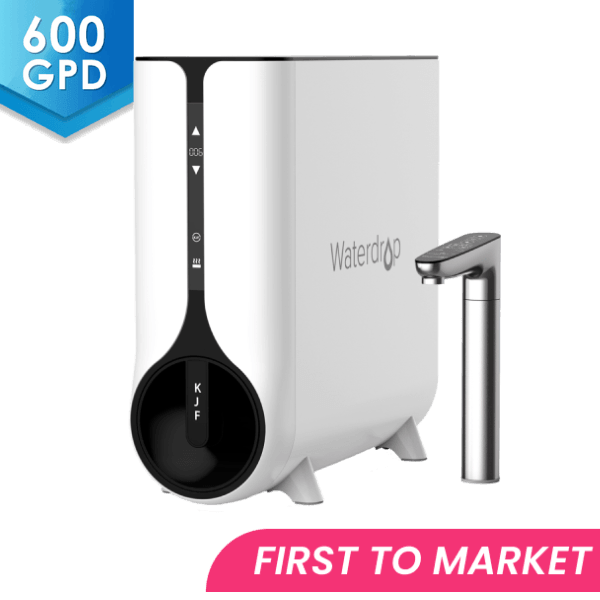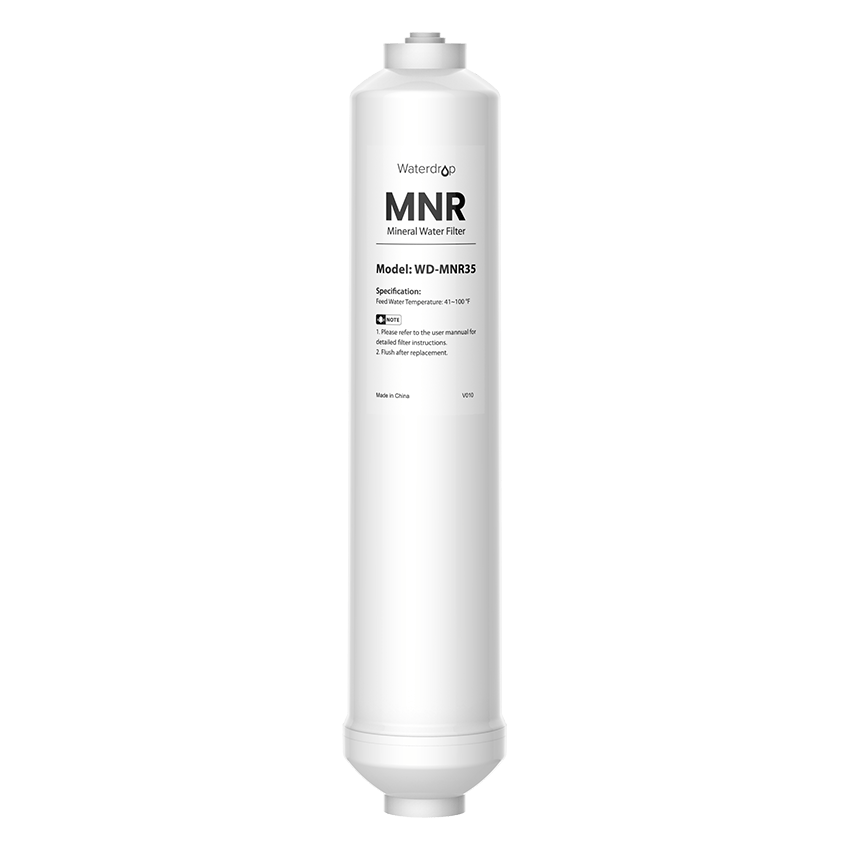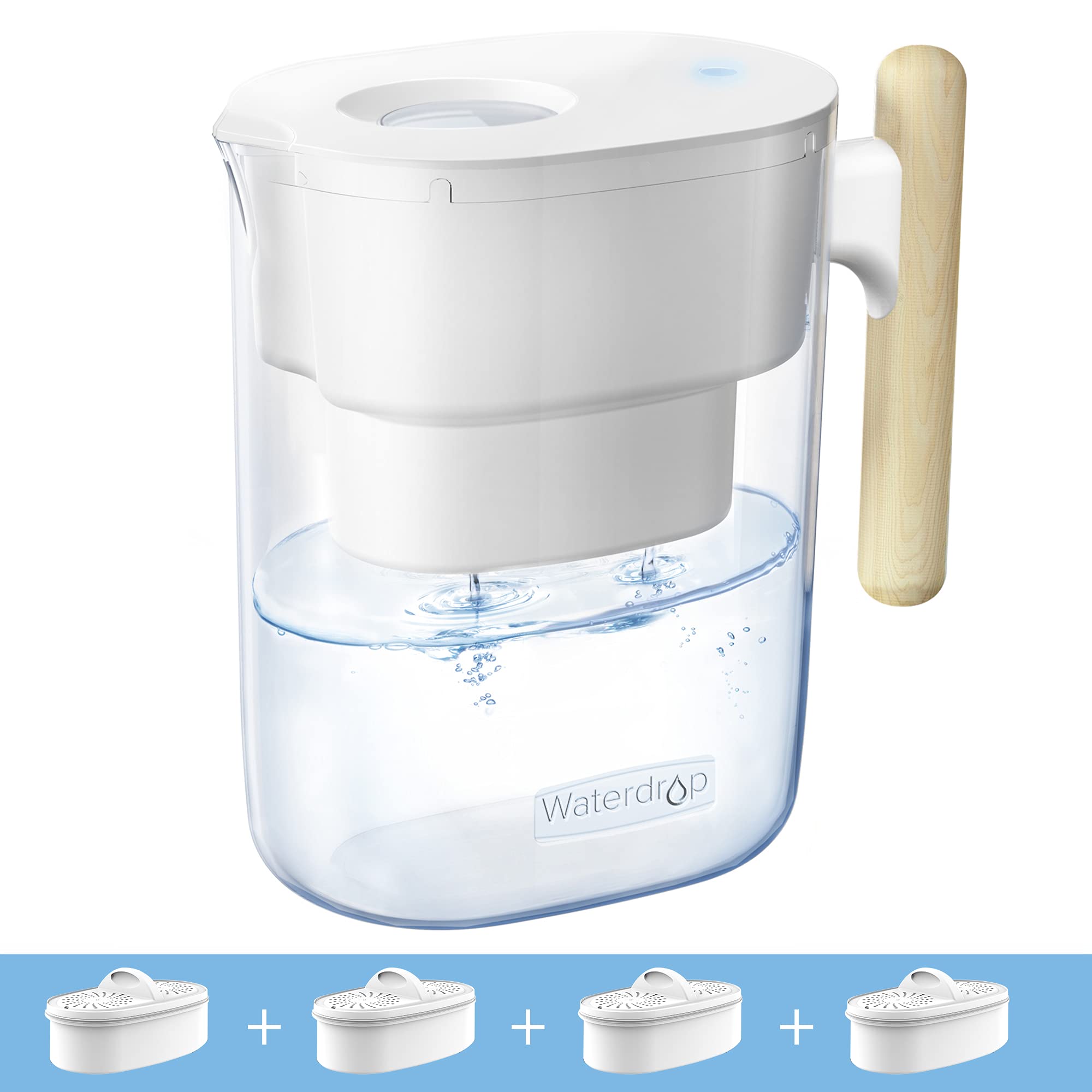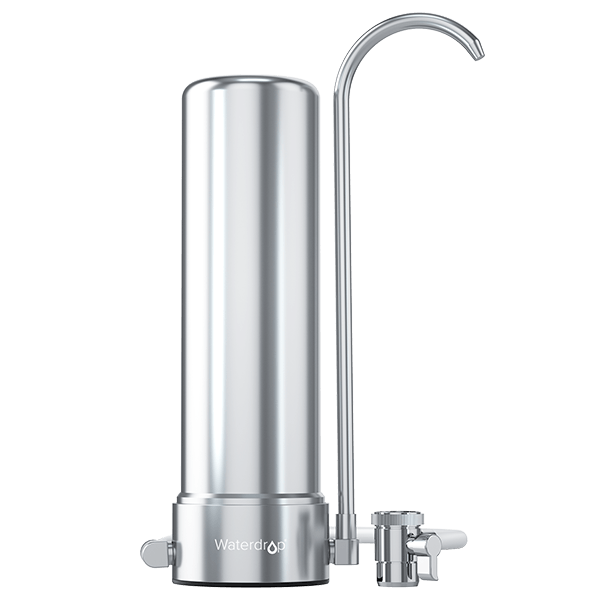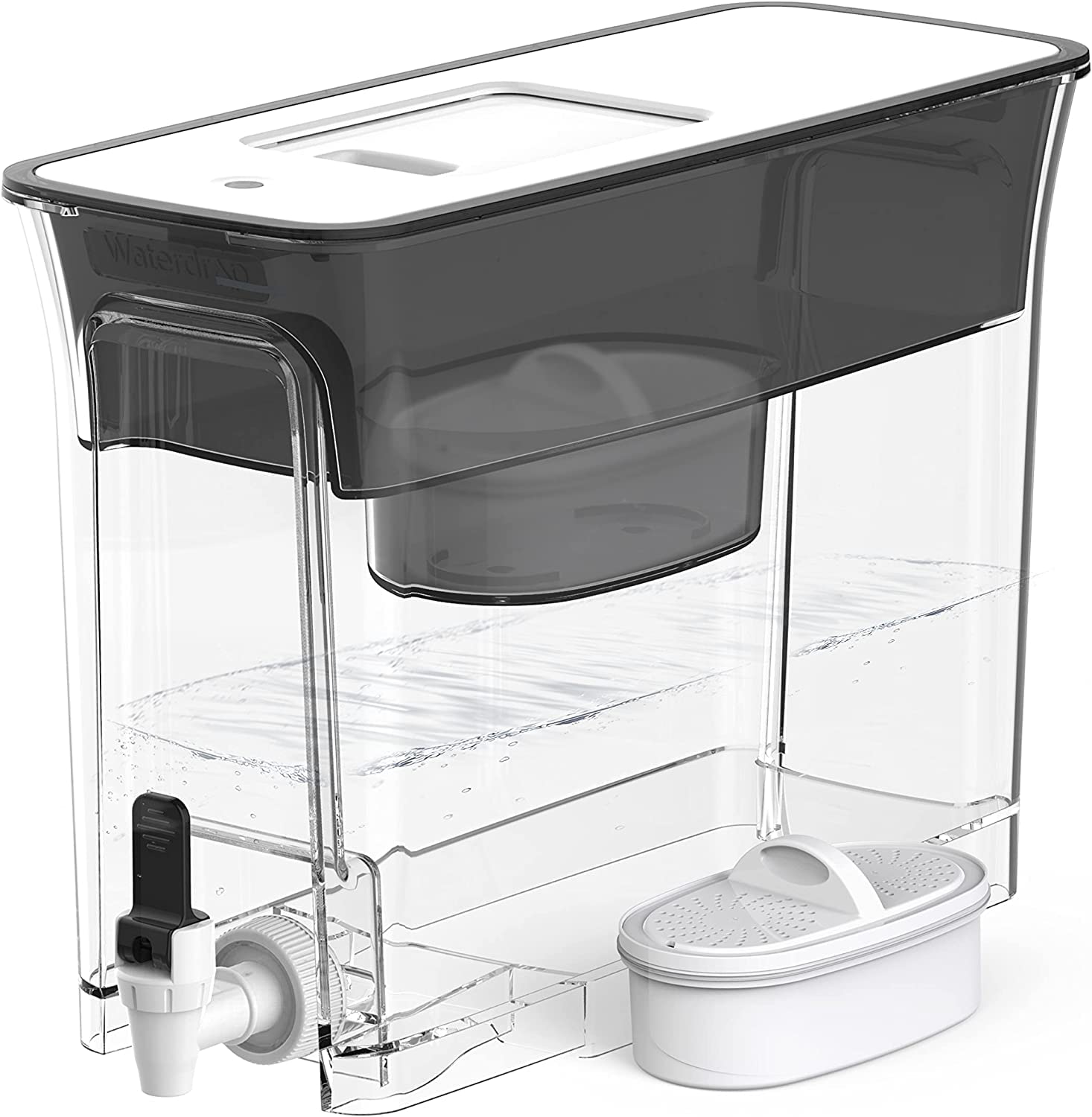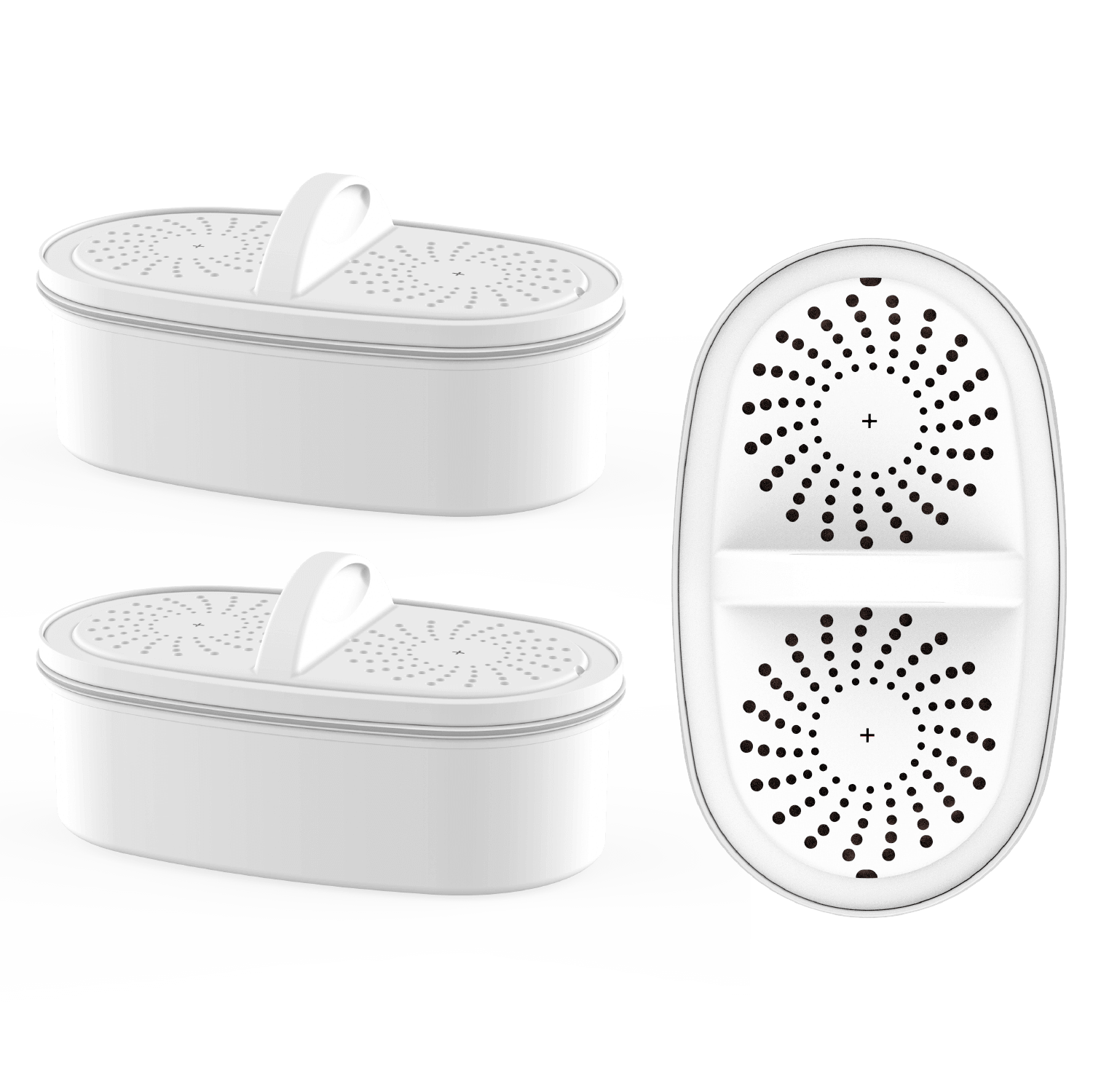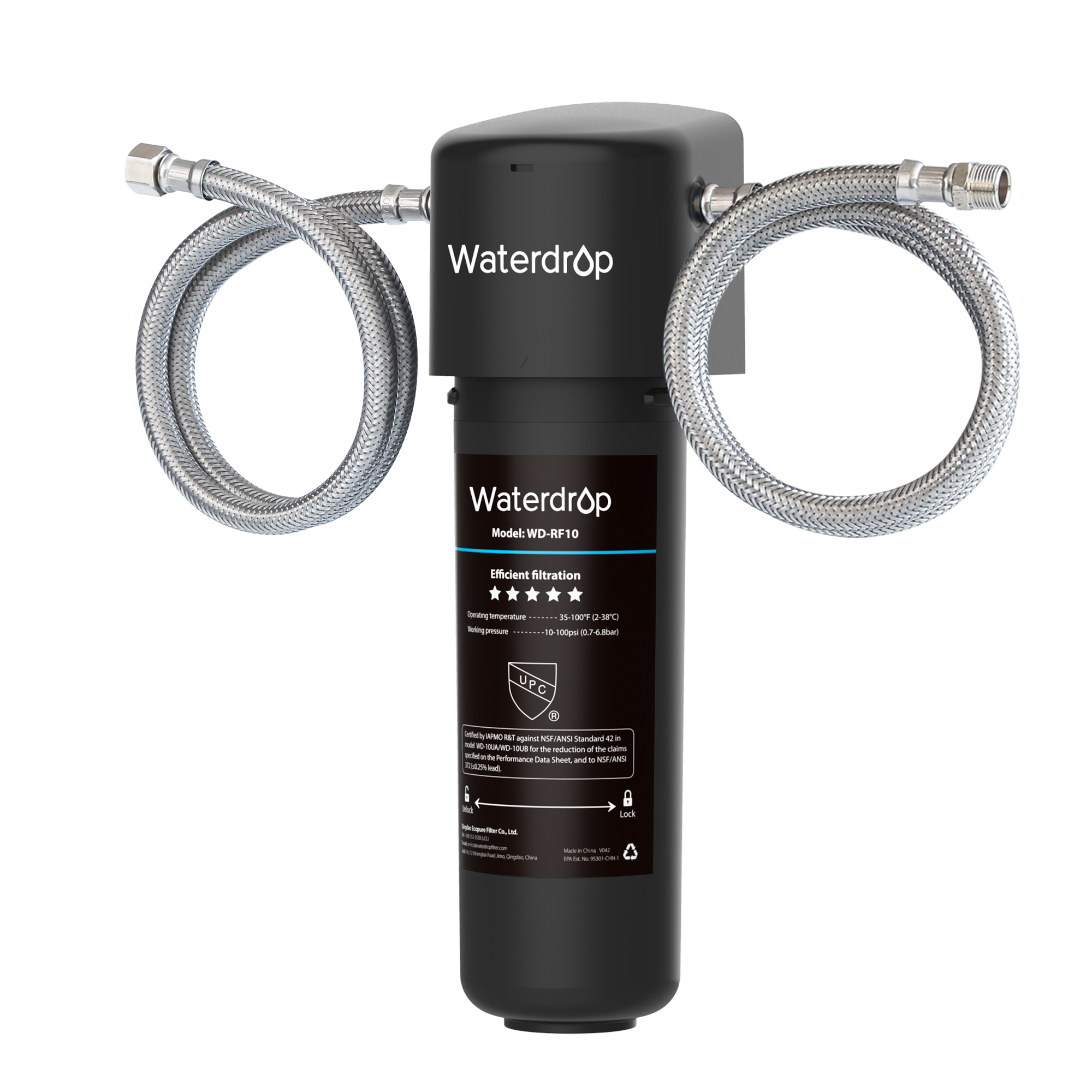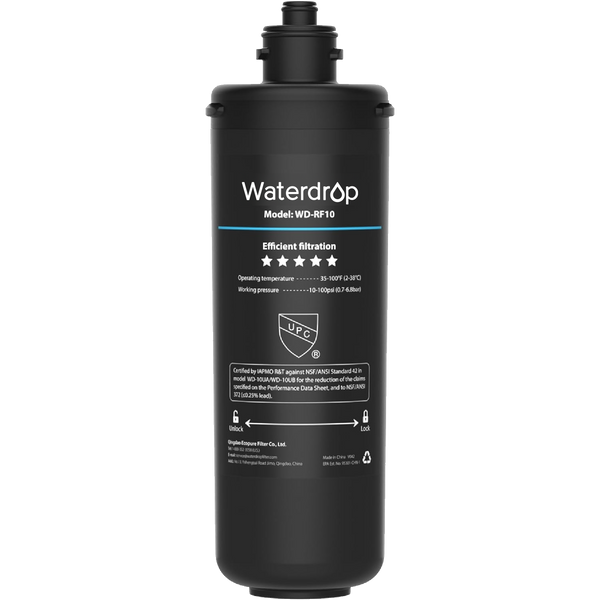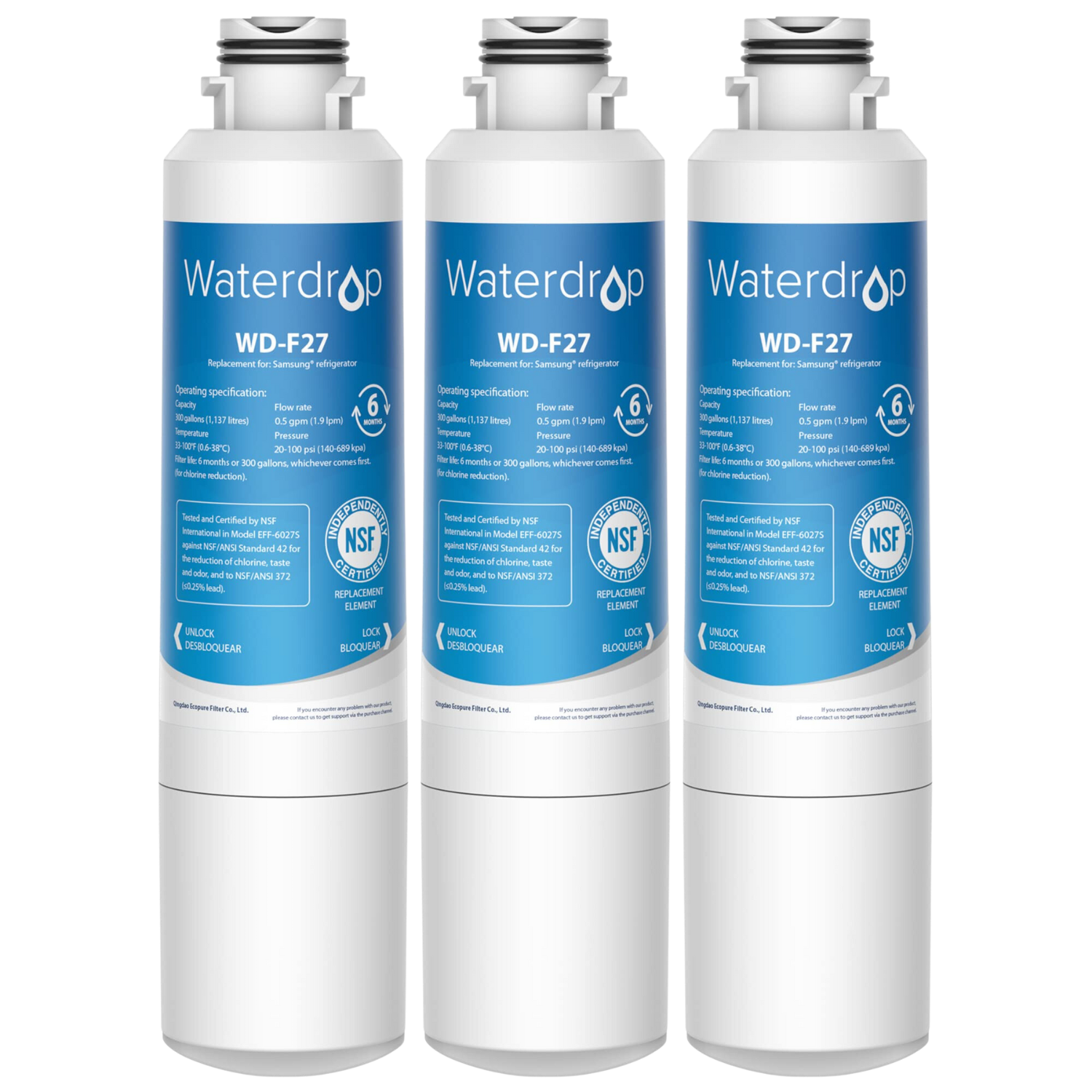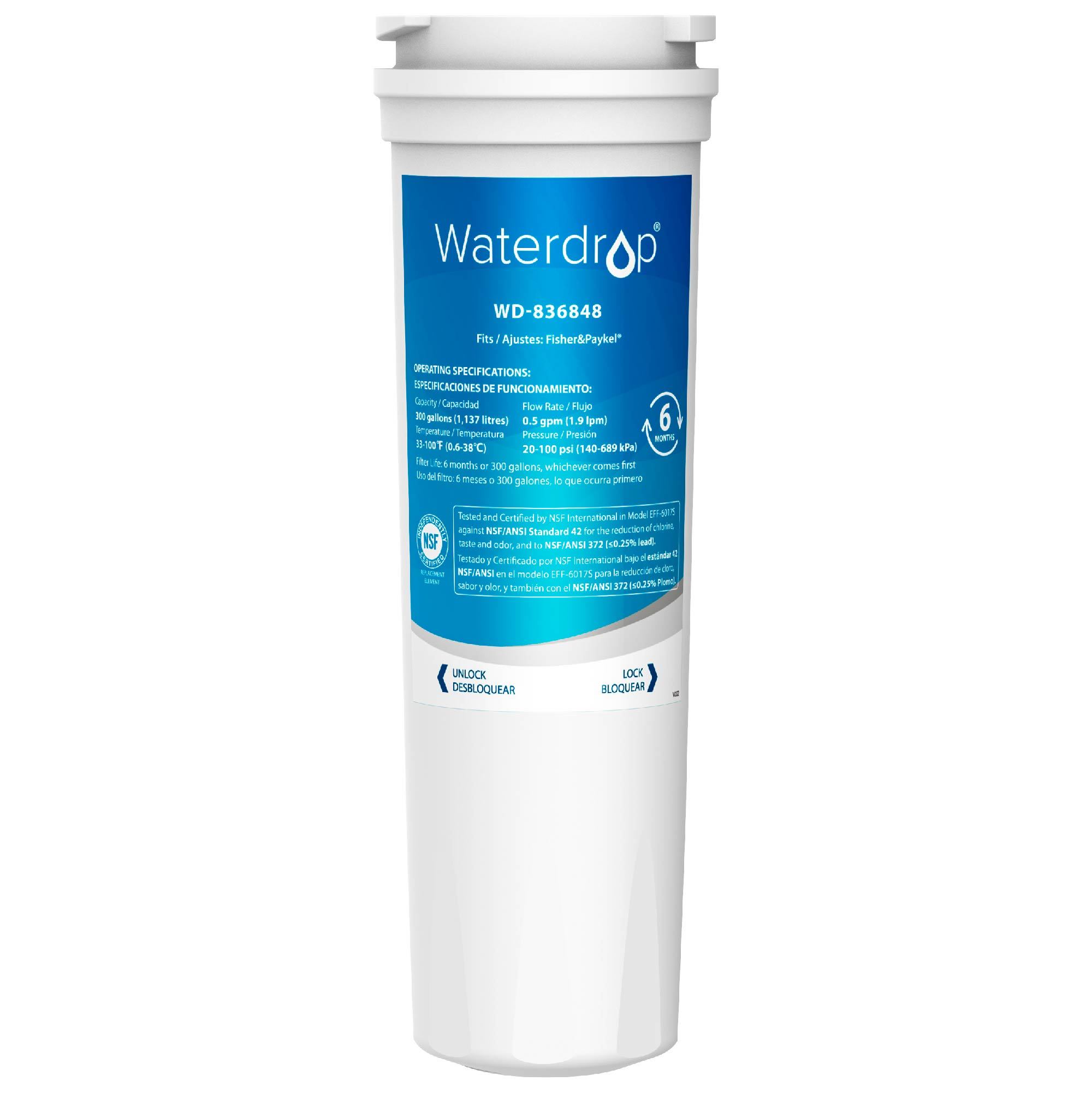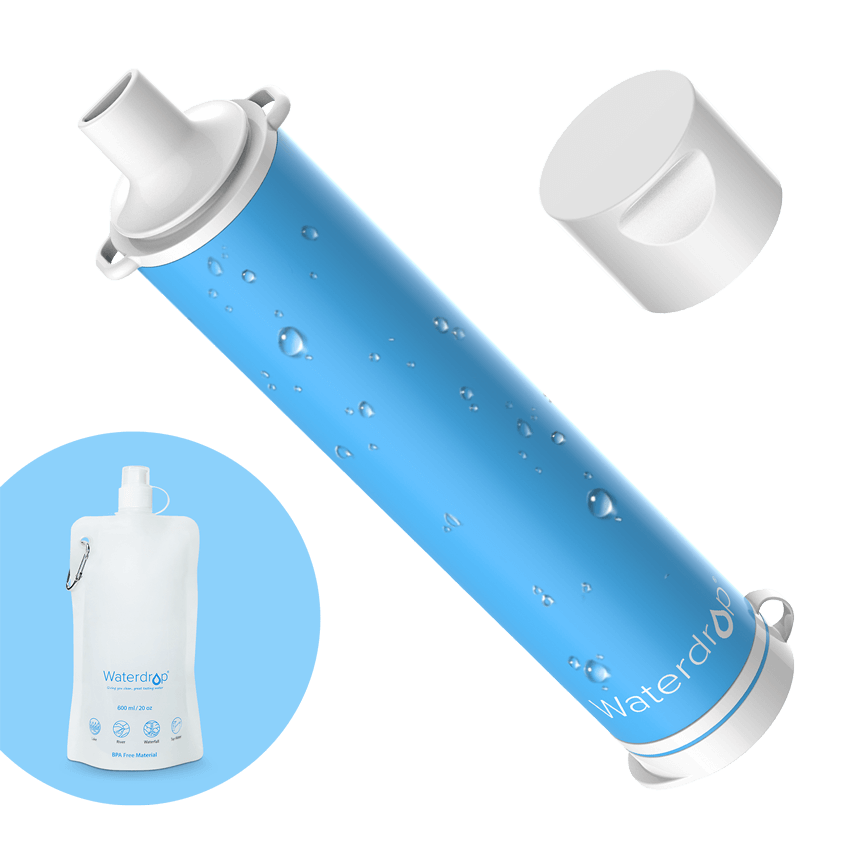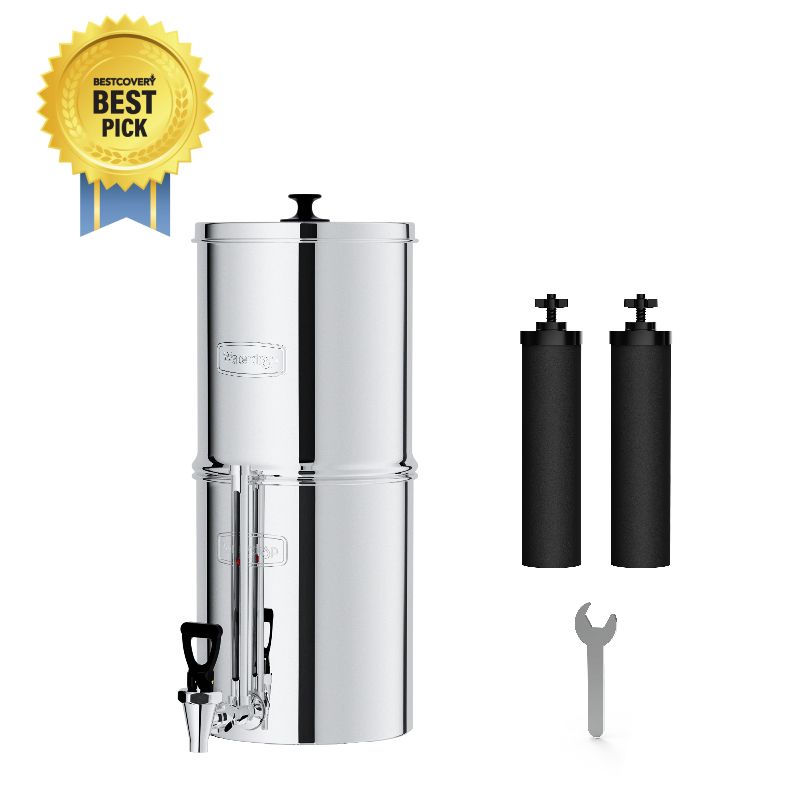How to Filter Water at Home with Easy Steps?
by Dr. Jonathan Doyle - Updated April 01, 2024
Water purification at home is one of the safest and best methods to ensure clean
drinking water. Municipal water system plants indeed supply clean water, but they may still have water
containment due to various environmental and resource issues. Purifying water at home is an extra and safe
technique to keep yourself healthy from possible health risks from pollutants.
Practical Methods to Purify Water at Home
Purified water is important for daily household activities like cooking, cleaning,
and drinking since it keeps contaminants on edge. Moreover, it makes water taste better, which is more appealing
to drink.
Traditional treatments can eliminate the bacteria, parasites, and viruses from your
water but are inefficient today. Home water purification systems use various techniques to detect and remove
harmful toxins from your water to improve your health and lifestyle. Now that you understand why having a water
filtration system at your home is important, let’s discuss different available choices.
Water Boiling
Boiling water is a simple, yet very effective to purify water at home. It becomes
more vital when unsure about the water quality and its source. Hidden and harmful threats like parasites and
bacteria in your water can cause serious health problems. Boiling water is simple way that you can take to
resolve these issues with easy, cheap and reliable way.

Bring fresh water to a full boil and let it stay that way for the recommended time,
usually one to three minutes, depending on your altitude. This will begin the process of purification. Water at
higher levels takes longer to boil, people who live there need to boil water for longer. It is recommended to
cover the boiling water and let it cool down before drinking it.

Let compounds settle well in it before filtering to ensure safer and clearer water.
Filtering hazy water with a cloth, towel, or water filter can help remove larger particles and contaminants,
which usually improves the quality of the boiled water.
Metals, salts, fuel, dangerous compounds, and radioactive materials are impurities
that are not completely removed by boiling. That being said, if these issues happen in your area, you should
look into more technical solutions.
Water Distillation
Distillation is another safe way to clean water at home, and it uses evaporation to
remove impurities. This method heats water to the point of steam, which removes big, non-volatile organic
molecules and inorganic chemicals. When the steam cools and condenses, it leaves behind pure water with no
impurities.
In addition to eliminating inorganic contaminants, distillation also kills germs
like bacteria and some viruses by boiling. Some organic compounds are easily dissolved and have low boiling
points, making it very good at eliminating them. However, toluene and benzene, which have lower boiling points
than water, can evaporate with the water and contaminate the pure water if they are not properly treated before
condensation.
Water Filtration
Pitcher or faucet-mounted filters are typically used in the primary filtering
processes that are a part of our daily lives. To trap contaminants and enhance water quality, these filters use
activated carbon.
Under-sink Water Filter System: Invisibly hidden under the kitchen sink, it
generally has several stages of filtration, such as carbon and sediment filters, that get rid of particles,
chlorine, and other pollutants. This filter’s location makes adding to your current plumbing system easy.
Countertop Water Filter System: This home water purifying system is a stand-alone
unit that fits on the kitchen table and doesn’t need to be installed in a complicated manner. Activated carbon
and reverse osmosis methods help purify water. The ease of use, mobility, and adjustment ability make it one of
the best methods.
Whole-house Water Filter System: This system ensures every tap in your home has
clean water, so it’s frequently used to replace water filters for sinks and other settings. To provide
additional water treatment at the point of intake, it typically has a series of filters. The water purifier
system cleans your drinking water and helps with bathing, cooking, and other things you do at home.
There are some good things about each type of water filter. For a single water
source, under-sink filters are discreet and great. Countertop filters are easy to move around and take with you,
and whole-house systems provide a complete solution for the whole house.
Reverse Osmosis
A semi-permeable barrier lets water molecules pass through it but leaves
contaminants behind. This is called reverse osmosis. This method can successfully remove various pollutants,
such as bacteria, viruses, minerals, and other particles that could affect the taste and safety of your water.
This green, low-cost solution cuts down on the need for bottled water and supports long-term use.
Best Water Purification System for Your Home?
Reverse osmosis (RO) is a reliable way to get rid of unwanted substances like
viruses and bacteria. It thoroughly cleans water for drinking and cooking, and it can be connected to all taps
in the house and put in the sink as a water filter.
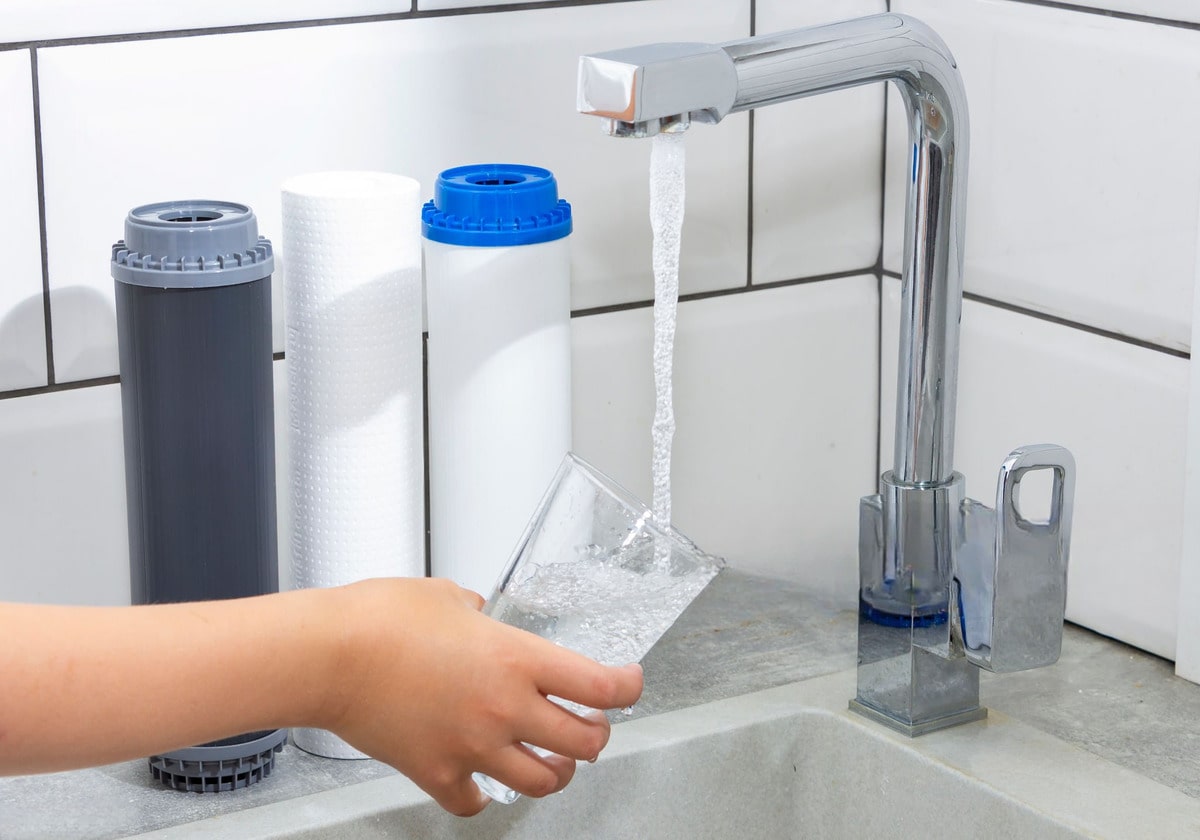
Conclusion
A simple way to get rid of germs is to boil something. Distillation gets rid of
minerals successfully. UV light is sufficient, but it might not be able to get rid of all the impurities. So, as
we’ve talked about, what you need will determine whether you choose distillation, boiling, UV light, filtering,
reverse osmosis, or any other method.



